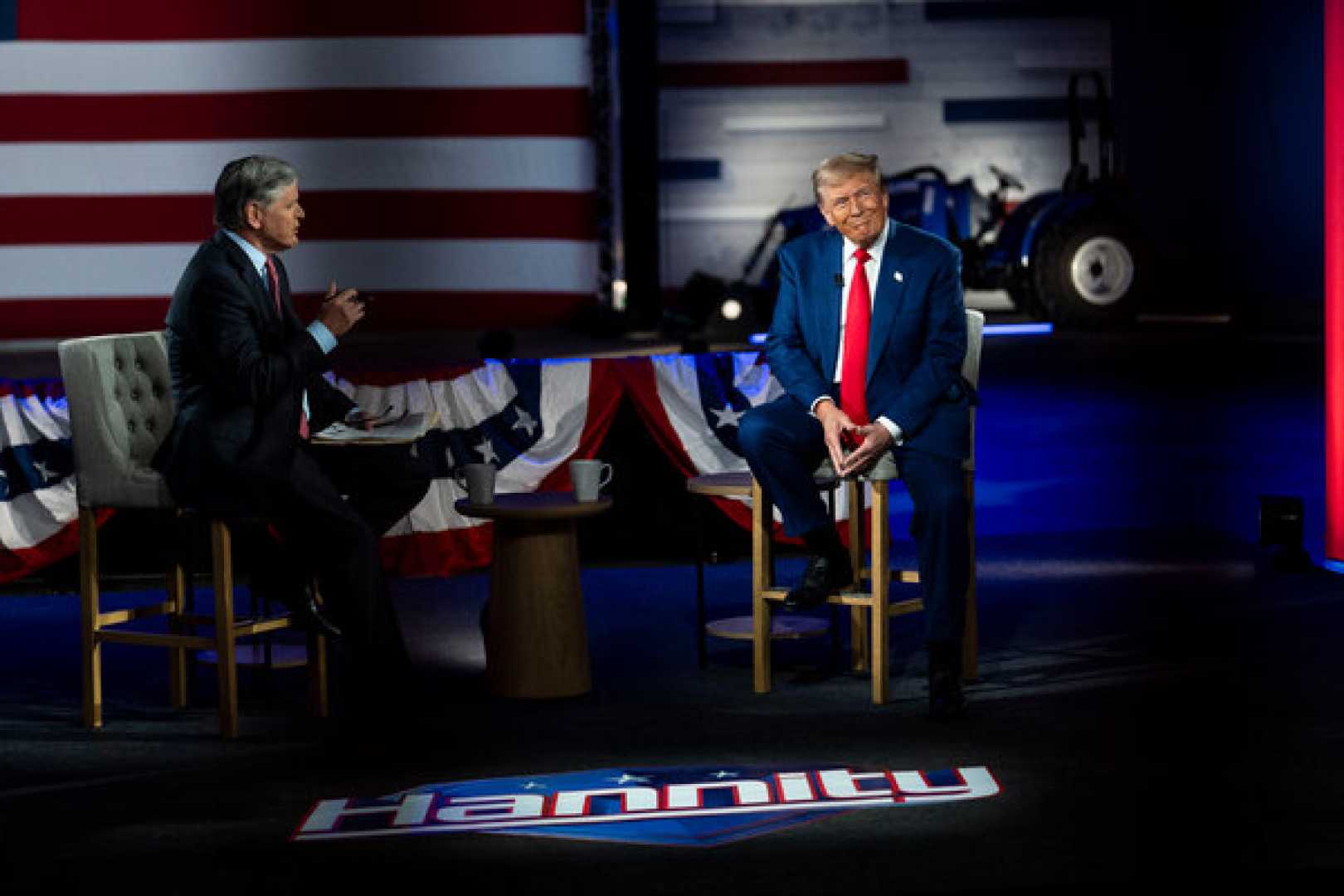Politics
Donald Trump’s Dance Recital: A New Form of Campaigning

In a striking departure from conventional political routines, former President Donald Trump participated in a unique town hall meeting in Oaks, Pennsylvania, where he chose to connect with his audience through dance rather than discourse. This unconventional method highlights Trump’s continued ability to capture public attention in ways that defy traditional political norms.
Donald Trump’s preference for performance over policy was evident throughout the event. During the town hall, Trump opted to forego typical rhetorical exchanges and instead engaged in what can only be described as a one-man dance party. Accompanied by music selections of his choosing, he swayed and moved, seemingly in an attempt to communicate on a different plane.
From the onset of Trump’s political career, marked by his momentous descent down the Trump Tower escalator in 2015, his communication style has defied categorization. His speeches often veer off script, leaving observers to ponder whether to interpret him literally, seriously, or as the New York Times once suggested, somewhere in between. However, his latest town hall appearance suggests that the clarity of his messages might now matter less than the spectacle he provides.
This approach to public engagement aligns with sentiments expressed by some of Trump’s supporters. Many admirers appreciate his apparent lack of concern for precision and coherence, traits that they argue make him relatable. A recent poll conducted by the New York Times and Siena College found that 41 percent of likely voters believe that “people who are offended by Donald Trump take his words too seriously.” This suggests that the responsibility to decode Trump’s communications may now lie not with him but with those attempting to parse his statements.
Journalistic circles have recently debated the phenomenon of “sane-washing,” wherein the media contextualizes Trump’s statements to fit traditional political frameworks. However, his performance in Pennsylvania may signify a shift towards “dance-washing.” In this scenario, observers are invited to appreciate the theatrical rather than the substantive, abandoning attempts to align Trump’s rhetoric with actionable policies or positions.
As the 2024 presidential race approaches its final stretch, the departure from policy-driven campaigning to performance-based interaction raises questions about the evolving nature of political engagement in the United States. With less than a month until election day, the proximity of this contest reflects a growing acceptance of a “language-optional” brand of democracy, where politics may be appreciated for its entertainment value as much as its substantive impact.
This shift in political communication underscores a broader change, as more voters seem content to engage with simplified, iconic cues, such as Trump’s widely recognized sing-along to “Y-M-C-A,” rather than complex verbal exchanges. These trends beg the question of whether substance will ultimately prevail over style in future electoral contests.












